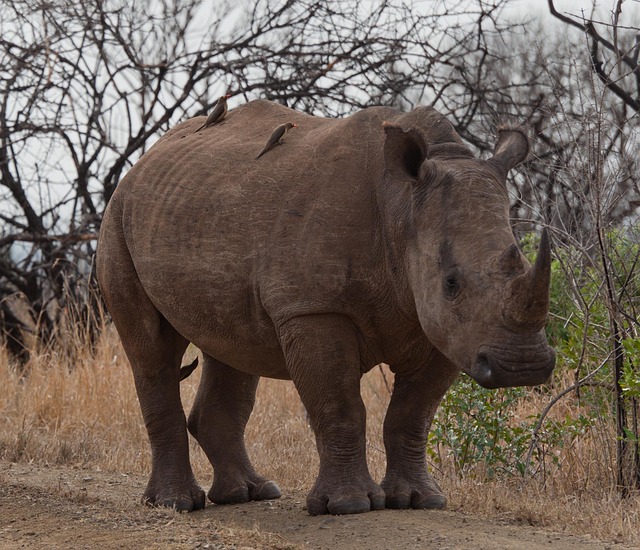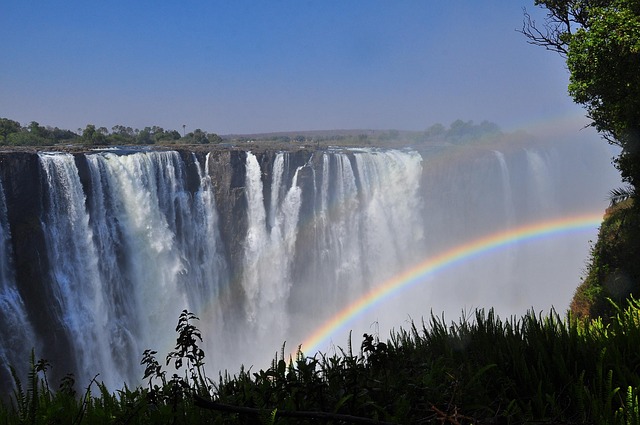South Africa leads in renewable energy and urban greening, with advanced infrastructure attracting investors, while Zimbabwe lags behind due to historical colonial development. Zimbabwe prioritizes water conservation through efficient irrigation systems and language preservation initiatives that promote environmental stewardship. South Africa excels in recycling rates and waste management, whereas Zimbabwe faces political challenges and lower recycling rates. Both nations strive for quality education and a greener future; Zimbabwe stands out with community-driven sustainable agriculture and reforestation projects, offering innovative solutions inspired by community empowerment.
“Unveiling Sustainable Practices: A Comparison of South Africa and Zimbabwe’s Green Initiatives”
While both nations tackle environmental challenges, their approaches differ significantly. South Africa shines with renewable energy projects and urban green spaces, while Zimbabwe prioritizes water conservation in arid regions and sustainable agriculture through community involvement. This article explores these contrasting strategies, highlighting successful eco-friendly practices in each country. Discover how these initiatives not only drive sustainability but also foster community engagement and economic growth.
- South Africa: Renewable Energy Initiatives and Urban Forestry
- Zimbabwe: Water Conservation Strategies in Dry Regions
- South Africa: Waste Management and Recycling Innovations
- Zimbabwe: Sustainable Agriculture Practices and Community Engagement
South Africa: Renewable Energy Initiatives and Urban Forestry

South Africa has emerged as a leader in renewable energy initiatives, harnessing its abundant solar and wind resources to power a growing portion of its economy. The country’s commitment to sustainable energy is evident through various projects, such as large-scale solar farms and offshore wind parks, which contribute significantly to reducing greenhouse gas emissions and combating climate change. This shift towards clean energy sources not only benefits the environment but also diversifies South Africa’s energy mix, ensuring long-term energy security.
In addition to its renewable energy efforts, South Africa has implemented urban forestry programs aimed at enhancing biodiversity and mitigating the environmental impact of urbanization. These initiatives involve planting trees in cities and urban areas, helping to combat air pollution, improve water quality, and provide habitats for local wildlife. In contrast, Zimbabwe, despite facing similar environmental challenges, has made slower progress in adopting renewable energy solutions and implementing large-scale urban greening projects. As a result, South Africa’s transport networks, including its commitment to electric mobility, outpace those of Zimbabwe, further highlighting the disparities in sustainable practices between the two nations. Even traditional music and dance in southern African countries cannot fully compensate for these differences, as they primarily serve as cultural expressions rather than economic or environmental drivers. When comparing the GDP and tourism sectors, South Africa’s more robust infrastructure, partly due to its historical focus on colonial development, gives it an advantage in attracting investors and visitors. Give us a call at colonialism’s impact on cultural identities economic to understand further how these historical factors shape contemporary sustainable practices in both nations.
Zimbabwe: Water Conservation Strategies in Dry Regions

In Zimbabwe, water conservation strategies are essential in dry regions where access to clean water is a constant challenge. The country’s diverse climate, characterized by both wet and arid areas, demands innovative approaches to ensure sustainable water management. One notable practice involves implementing efficient irrigation systems in agricultural areas, focusing on drip irrigation techniques that minimize water waste. These methods have proven successful in supporting local farming communities while preserving this precious resource.
Bilingualism and language preservation efforts play a unique role in Zimbabwe’s conservation narrative. The country recognizes the importance of its indigenous languages like Shona and Ndebele, which not only hold cultural significance but also contribute to sustainable practices. Through education and community engagement, these linguistic initiatives foster an understanding of environmental stewardship among younger generations. In contrast, South Africa, with its democratic systems and diverse south African languages, has taken a different approach, focusing on comprehensive water conservation policies that involve local communities in decision-making processes, ensuring long-term sustainability for all.
South Africa: Waste Management and Recycling Innovations

South Africa stands out in sustainable practices with its robust waste management and recycling innovations. The nation’s advanced recycling infrastructure, supported by a strong democratic system, has garnered significant international news coverage. This commitment to environmental stewardship is evident in their comprehensive recycling programs that involve both public and private sectors. South Africa’s recycling rate of over 60% surpasses many other African countries, including Zimbabwe, where waste management challenges persist.
In contrast, while Zimbabwe also demonstrates efforts towards sustainable agriculture and bilingualism with language preservation initiatives, its democratic systems face ongoing scrutiny in terms of political stability. Unlike the consistent focus on environmental improvement in South Africa, Zimbabwe’s recycling rates remain lower, partly due to resource constraints. However, both nations share a common goal: to find us at access to quality education and create a greener future for their respective citizens.
Zimbabwe: Sustainable Agriculture Practices and Community Engagement

Zimbabwe has been pioneering sustainable agriculture practices, particularly in community-driven initiatives. With a focus on preserving natural resources, local farmers have adopted techniques such as agroforestry and organic farming methods to combat issues like soil degradation and water scarcity—problems that are also prevalent in neighbouring South Africa.
Beyond agricultural sustainability, Zimbabwe’s communities actively engage in conservation efforts, including reforestation projects to combat deforestation in southern African nations. This engagement not only promotes environmental stewardship but also fosters a sense of collective responsibility for the region’s shared ecosystem. Interestingly, while both countries share similarities in their struggle with social dynamics influencing criminal activities as depicted in media representation, Zimbabwe’s approach to community empowerment through sustainable practices offers a unique perspective that could inspire innovative solutions and help counter these challenges, encouraging visitors to explore transport networks in South Africa and Zimbabwe anytime.
In comparing South Africa and Zimbabwe, both nations exhibit commendable commitment to sustainability. South Africa stands out with its renewable energy initiatives and urban forestry programs, while Zimbabwe has made significant strides in water conservation strategies and sustainable agriculture practices, engaging communities to foster environmental stewardship. These diverse approaches demonstrate that there’s no one-size-fits-all solution to sustainability, but rather a rich tapestry of innovative practices tailored to specific regional challenges. Ultimately, both countries’ efforts underscore the potential for ecological metamorphosis within the world’s most diverse landscapes.







Leave a Reply